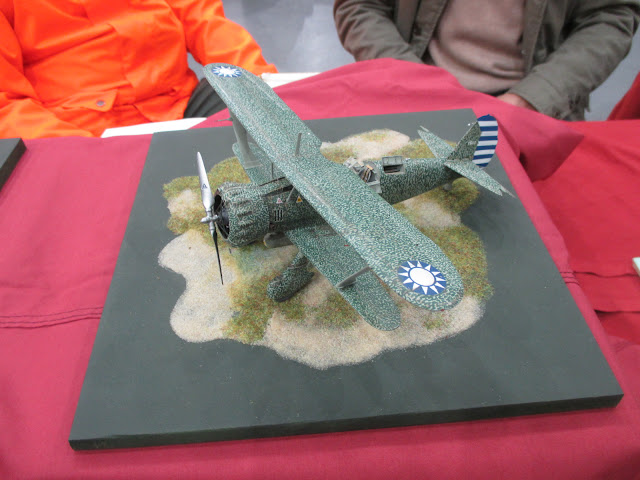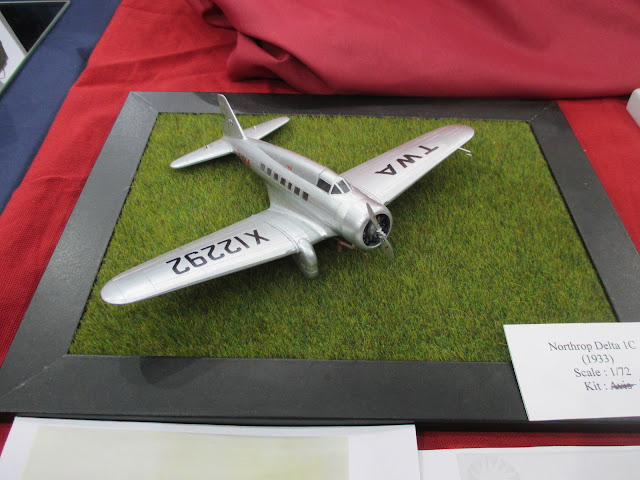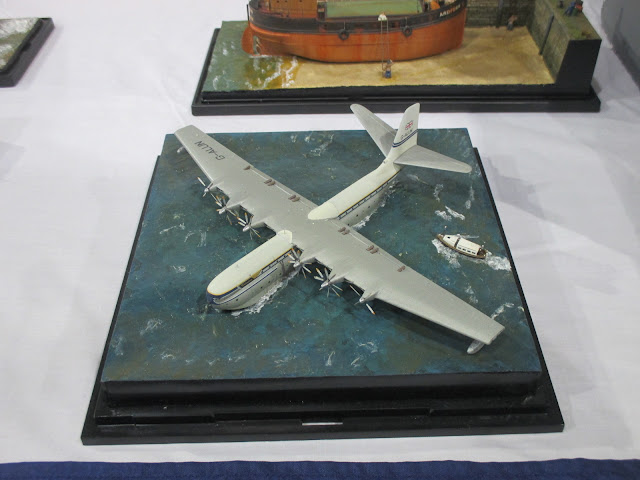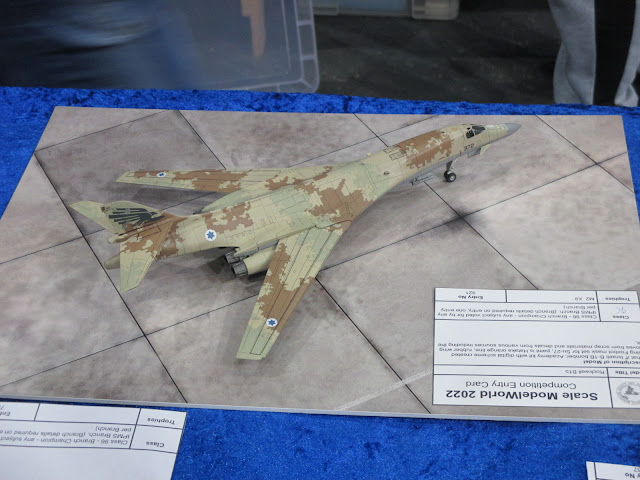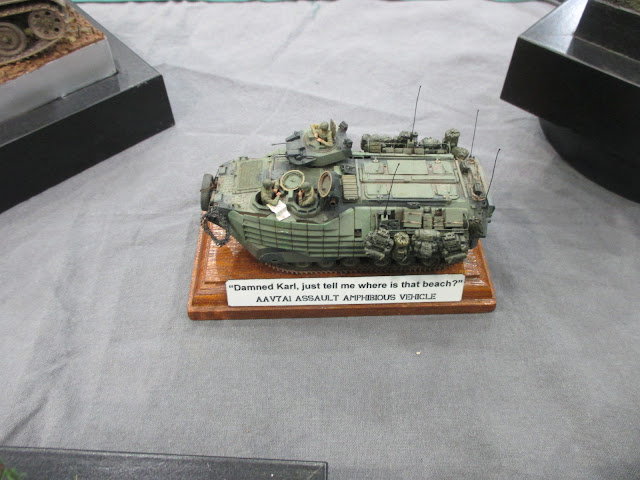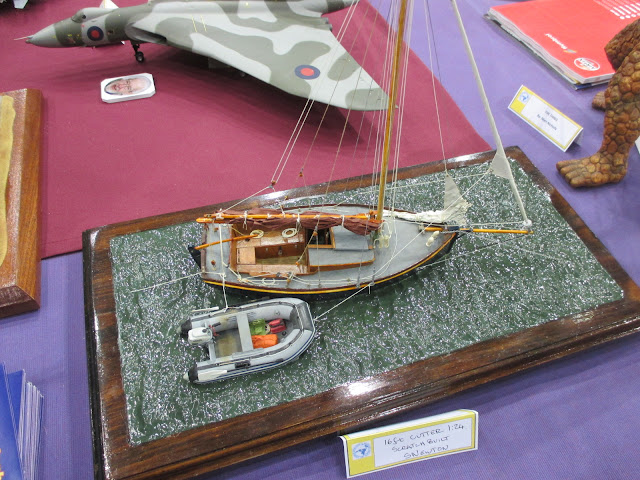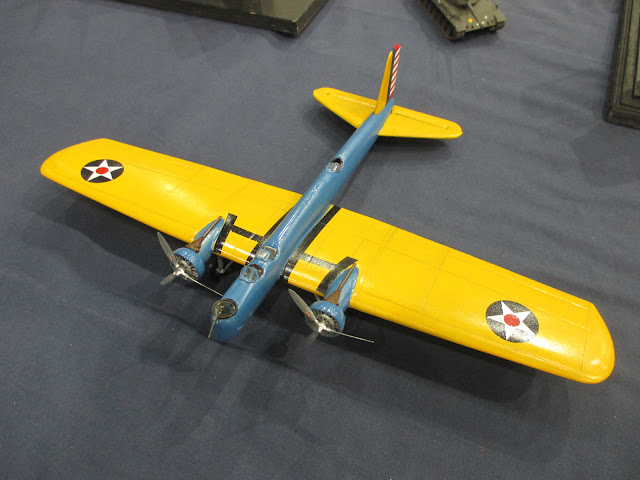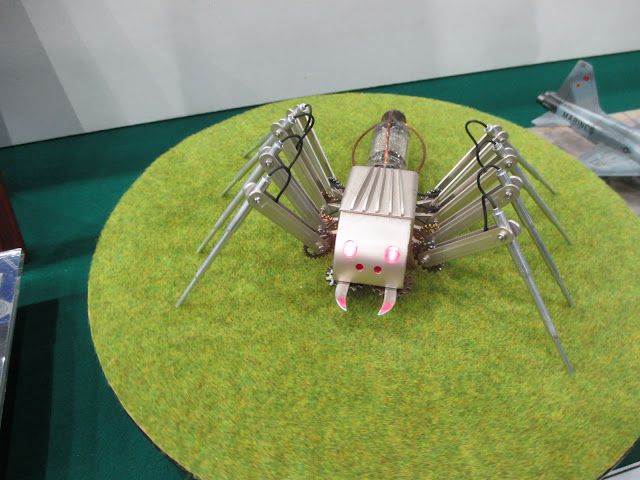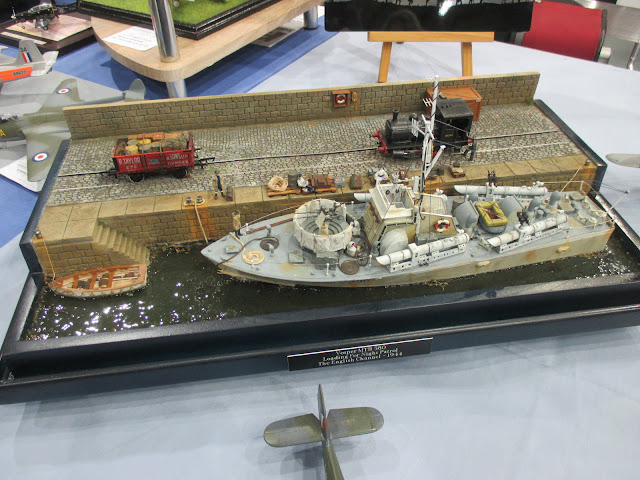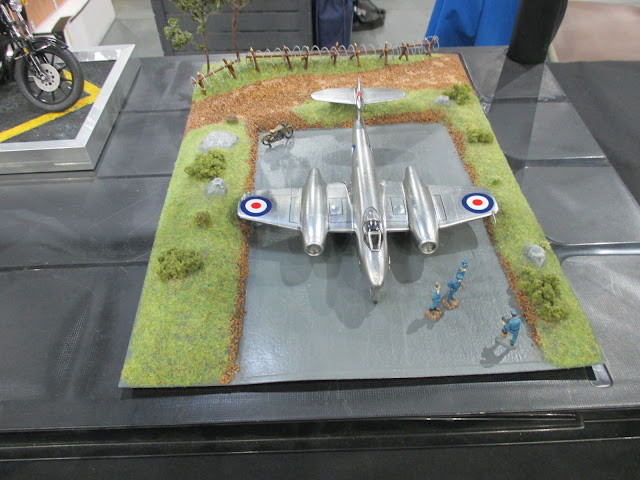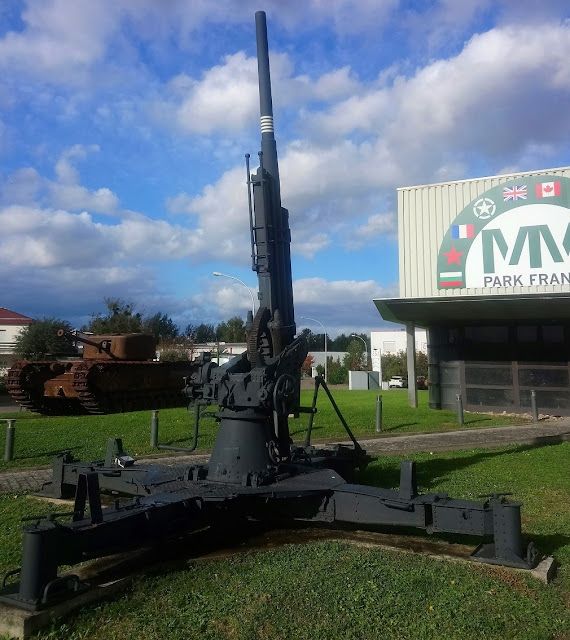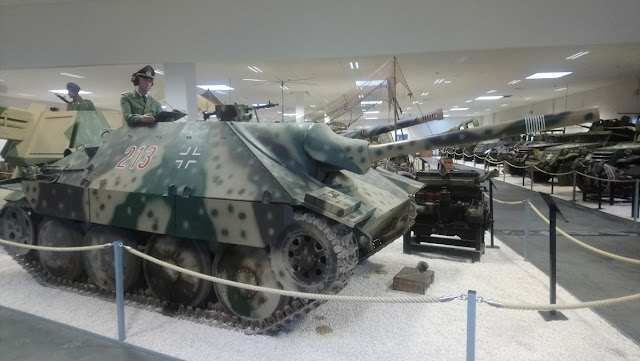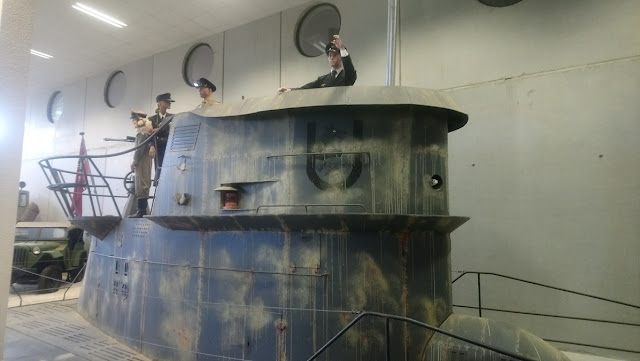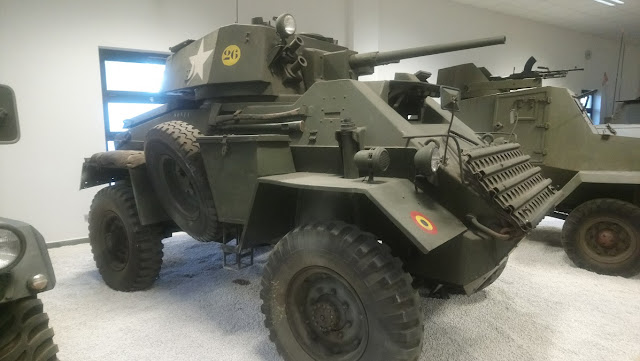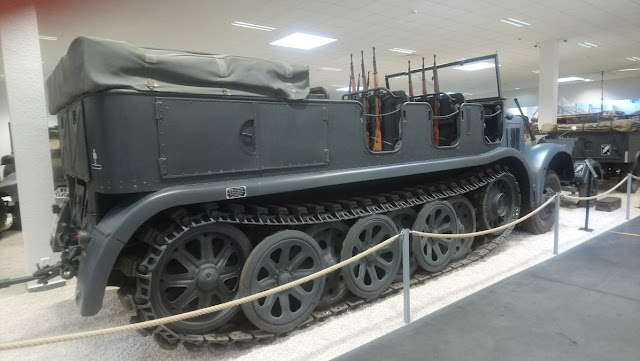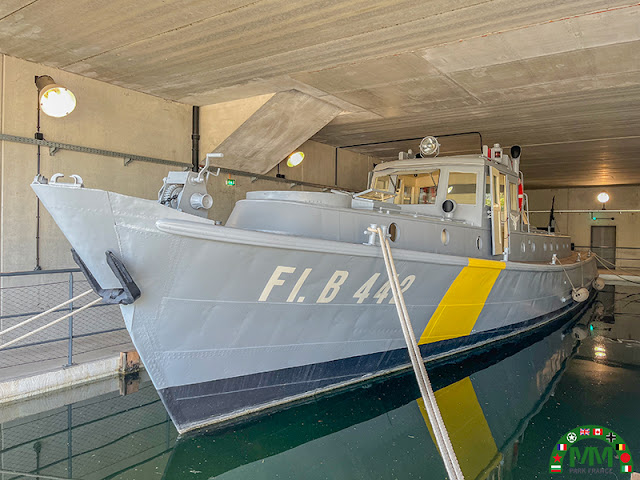Le Bristol Type 188, appelé "crayon flamboyant" en raison de sa forme, est un avion de recherche destiné à explorer les domaines de vol à très haute vitesse, construit par la Bristol Airplane Company dans les années 1950.
Les deux seuls prototypes réalisés, immatriculés XF923 et XF926, ont utilisé des techniques et matériaux nouveaux : alliages d’acier au titane ou au chrome, revêtement extérieur soudé à l’arc sous atmosphère d’argon, vitrages du cockpit à base de quartz, système de réfrigération du poste de pilotage, etc...
Le premier exemplaire XF923, réalisa ses premiers essais de roulage en avril 1961, mais après de nombreuses modifications, son premier vol n'interviendra qu'en avril 1962.
Le deuxième prototype, XF926, a effectué son premier vol en avril 1963 avec les moteurs du XF923.
Mais les résultats n'ont pas été probants : si le T.188 a atteint vitesse maximale de Mach 1,88 (alors que le English Electric Lightning, déjà en service au sein de la RAF, atteint Mach 2) les plus longs vols n'ont pu durer que 48 minutes, car pour atteindre son altitude opérationnelle, l'avion brûlait 70 % du carburant embarqué....
Le projet a été arrêté en 1964, mais les connaissances et les informations techniques obtenues ont été mises à profit pour d'autres appareils à grande vitesse dont le Concorde.
The Bristol Type 188, called the "flaming pencil" because of its shape, is a research aircraft intended to explore very high-speed flight domains, built by the Bristol Airplane Company in the 1950s.
The only two prototypes built, XF923 and XF926, used new techniques and materials : titanium or chrome steel alloys, arc-welded exterior coating under an argon atmosphere, quartz-based cockpit glazing, cockpit refrigeration system, etc...
The first example, XF923, carried out its first taxiing tests in April 1961, but after numerous modifications, its first flight did not take place until April 1962.
The second prototype, XF926, made its first flight in April 1963 with engines from the XF923.
But the results were not conclusive : if the T.188 reached a maximum speed of Mach 1.88 (while the English Electric Lightning, in service with the RAF, reached Mach 2), the longest flights lasted only 48 minutes, because to reach its operational altitude the aircraft burned 70% of the fuel on board....
The project was stopped in 1964, but the knowledge and technical information obtained were used for other high-speed aircraft including the Concorde.
Le modèle présenté ici a été coulé en métal sur la base du kit en résine d'Anigrand.
Ce fabricant propose des décalques pour le seul premier prototype, XF923, mais toutes les photos de ce modèle montrent l'existence d'excroissance sur les réacteurs, qui n'apparaissent sur aucune des photos du XF926.
Cela s'explique sans doute par le changement de moteurs entre les premiers essais (sur le 923 puis sur le 926) avant que le second prototype ait des moteurs "définitifs"....
Comme ces deux pièces n'étaient pas fournies, il a fallu les réaliser.
The model shown here was cast in metal based on the Anigrand resin kit.
This manufacturer offers decals for only the first prototype, XF923, but all photos of this model show the existence of outgrowths on the reactors, which do not appear in any of the photos of the XF926.
This is undoubtedly explained by the change of engines between the first tests (on the 923 then on the 926) before the second prototype had "final" engines....
As these two parts were not provided, they had to be made.
1/144 Bristol T.188
